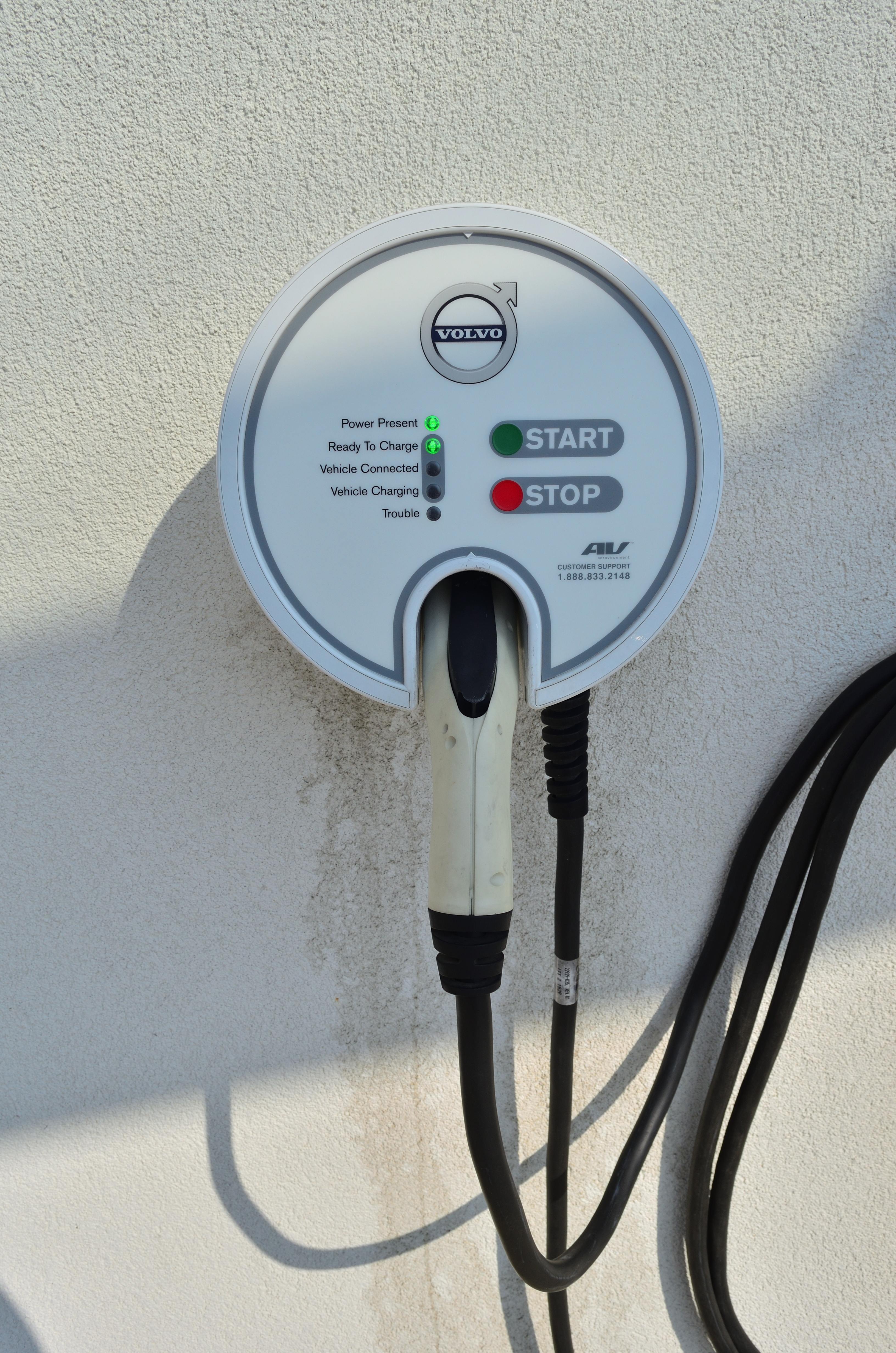The Ultimate Gift American Electric Car Owners Dream of: Government Incentives

In the world of electric vehicles, the government has implemented a variety of incentives aimed at encouraging the adoption of environmentally friendly alternatives. These incentives are crucial for promoting the shift from traditional fuel-powered vehicles to electric ones, especially in a state like California, which has a reputation for pioneering environmental initiatives.
1. **NEVI Planning**: California’s National Electric Vehicle Infrastructure (NEVI) Planning is a foundational initiative. The U.S. Department of Transportation has mandated that the California Department of Transportation submit an annual EV Infrastructure Deployment Plan, detailing how the state plans to allocate NEVI funds. These plans are strategic in laying the groundwork for a robust network of electric vehicle infrastructure, ensuring that EV owners have access to necessary charging stations across vast areas.

2. **Bus Replacement Grant**: The California Air Resources Board (CARB) has taken significant steps to replace aging buses with zero-emission alternatives by offering grants. These grants vary depending on the type of vehicle, with substantial amounts allocated for electric and fuel cell transit buses. This not only supports the public transportation sector but also contributes to cleaner air quality in urban environments.

3. **Heavy-Duty Vehicle Grants**: The South Coast Air Quality Management District provides grants for replacing or upgrading heavy-duty vehicles to low nitrogen oxide (NOx) models. This initiative is vital for reducing emissions from freight trucks, drayage trucks, and other large vehicles that contribute heavily to air pollution.

4. **Low Emission Truck and Bus Purchase Vouchers**: Through the Hybrid and Zero Emission Truck and Bus Voucher Incentive Project (HVIP), the California Air Resources Board offers vouchers to help offset the cost of purchasing electric, hybrid, or natural gas trucks and buses. This program is essential for making cleaner technology financially accessible to fleet operators.

5. **Bay Area Vehicle Replacement Program**: The Bay Area Air Quality Management District encourages residents to scrap older vehicles in exchange for financial incentives. This initiative aims to remove high-emission vehicles from the roads, thereby improving overall air quality.

6. **Electric Vehicle Charging Station Incentives**: The California Electric Vehicle Infrastructure Project (CALeVIP) provides guidance and funding for the development of EV charging stations. This project ensures that charging infrastructure keeps pace with the growing number of electric vehicles, making EV ownership more practical for everyday users.
7. **Alternative Fuel and Vehicle Incentives**: The California Energy Commission’s Clean Transportation Program offers financial incentives to support the development of alternative fuels and advanced transportation technologies. This broad initiative covers electric, hydrogen, and natural gas vehicles, reinforcing California’s commitment to a diverse range of clean energy solutions.

8. **ZEV and Near-ZEV Weight Exemption**: Zero emission vehicles (ZEVs) and near-ZEVs can exceed standard weight limits, accommodating the additional weight of their clean technology powertrains. This regulation ensures that manufacturers are not penalized for the weight of advanced emissions-reducing technologies, supporting the development and deployment of more efficient vehicles.
Imagine a future where electric vehicle (EV) owners are not just beneficiaries of incentives but active participants in sustainable innovation. As we look towards this horizon, let’s explore some of the exciting government initiatives that American electric car owners wish to see materialize, enhancing the landscape of electric mobility.
9. **Universal Charging Standard**: One of the most pressing desires among electric vehicle owners is the establishment of a universal charging standard. As the EV market diversifies, each manufacturer has its own proprietary charging plugs and systems. This fragmentation can be frustrating for owners who wish for a seamless charging experience. A universal standard would eliminate compatibility issues, allowing drivers to access any charging station regardless of brand, thus enhancing the overall convenience of electric vehicle ownership.

10. **Increased Fast-Charging Stations**: While there is a significant number of regular charging stations, the demand for fast-charging options is rising. Fast chargers can drastically reduce the time it takes to power an EV, making long-distance travel more viable. Government support to increase the development and installation of fast-charging stations would be a welcomed initiative by EV owners. Such infrastructure would alleviate range anxiety and support the rapid adoption of electric vehicles.

11. **EV Purchase Subsidies**: Even with the existing incentives, the upfront cost of electric vehicles can be a barrier for many potential buyers. Extending further subsidies or rebates directly applicable at the point of sale could provide a stronger financial incentive for consumers to make the switch. This initiative could significantly accelerate the transition from conventional vehicles to electric ones, aligning with environmental goals.
12. **Battery Recycling Programs**: Electric vehicles rely heavily on lithium-ion batteries, which pose environmental challenges at the end of their lifecycle. A government-backed battery recycling program would not only mitigate environmental impact but also ensure the sustainable sourcing of valuable materials. This initiative would appeal to environmentally conscious consumers and contribute to the circular economy.

13. **Vehicle-to-Grid Technology Support**: An emerging technology that captures the imagination of EV enthusiasts is vehicle-to-grid (V2G) capabilities. This technology allows electric vehicles to send unused electricity back to the grid, providing a potential solution for energy shortages and peak demand times. Government support for V2G technology could foster innovation and make electric vehicles an integral part of the energy ecosystem.

14. **Rural Charging Infrastructure**: Urban areas often receive the lion’s share of charging infrastructure, leaving rural regions underserved. Expanding charging networks into rural areas would ensure equitable access for all electric vehicle owners, regardless of their location. Government initiatives focusing on rural infrastructure development would not only boost local economies but also promote wider adoption of electric vehicles across diverse demographics.
Related posts:
US government’s proposal to boost EV sales is challenging but not impossible
Affordable EVs: 10 Electric Cars You Can Get for Under $40,000
Virginia Electric Vehicle Infrastructure Development is Underway. Incentives Could Spur Growth
Discover more from Auto Travel World
Subscribe to get the latest posts sent to your email.

















